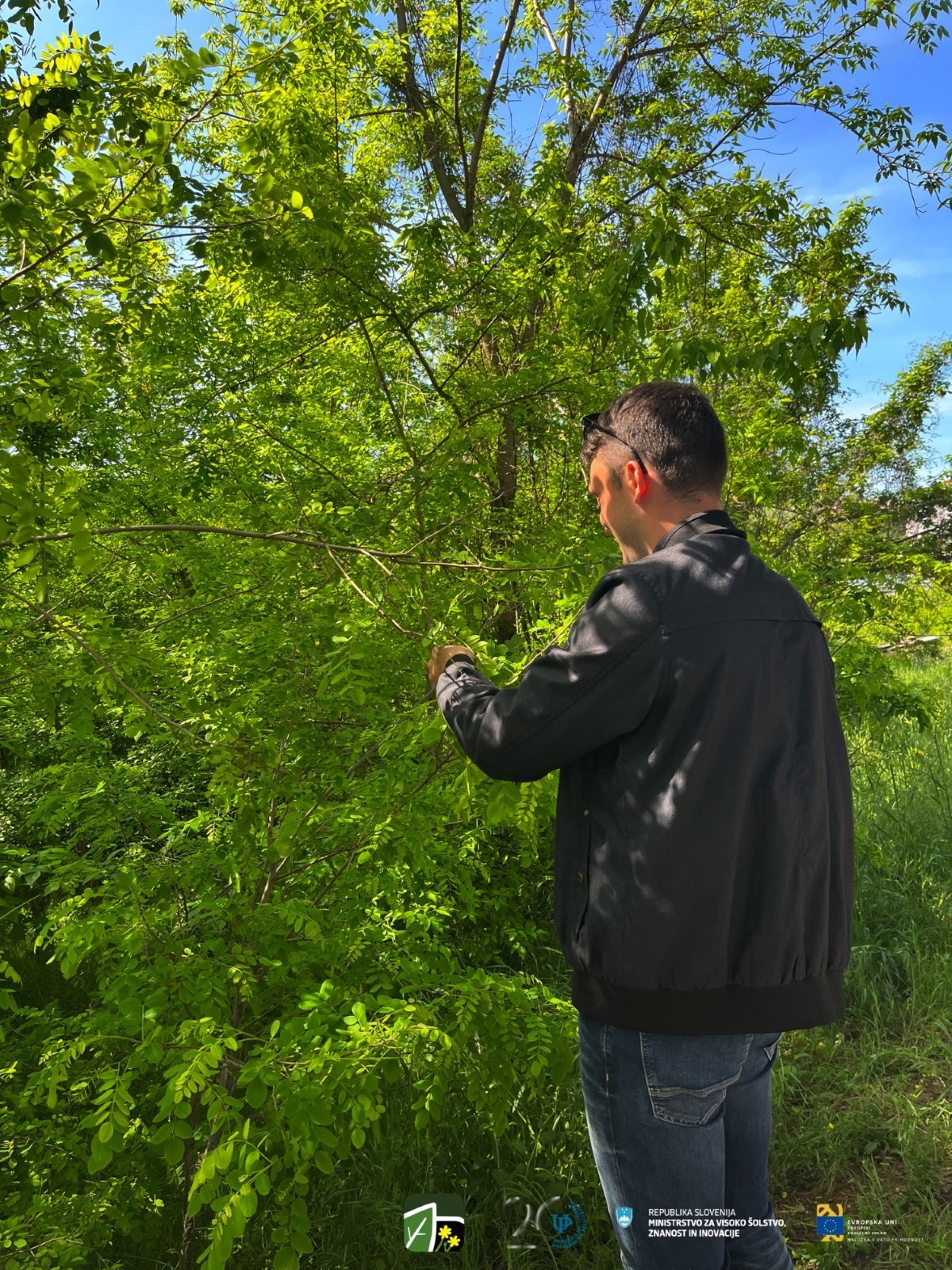Wednesday, 17 May 2023 Students and their mentors at UP FAMNIT actively participate in two students projects
AmphibiaCheck - Monitoring of endangered amphibians in Škocjan Caves Park
As temperature rises first amphibians in the Kras sprout appear. Therefore, from the beginning of March, the students of UP FAMNIT, who are participating in the project AmphibiaCheck, have been doing fieldwork to monitor the status of the Italian crested newt (Triturus Carnifex).
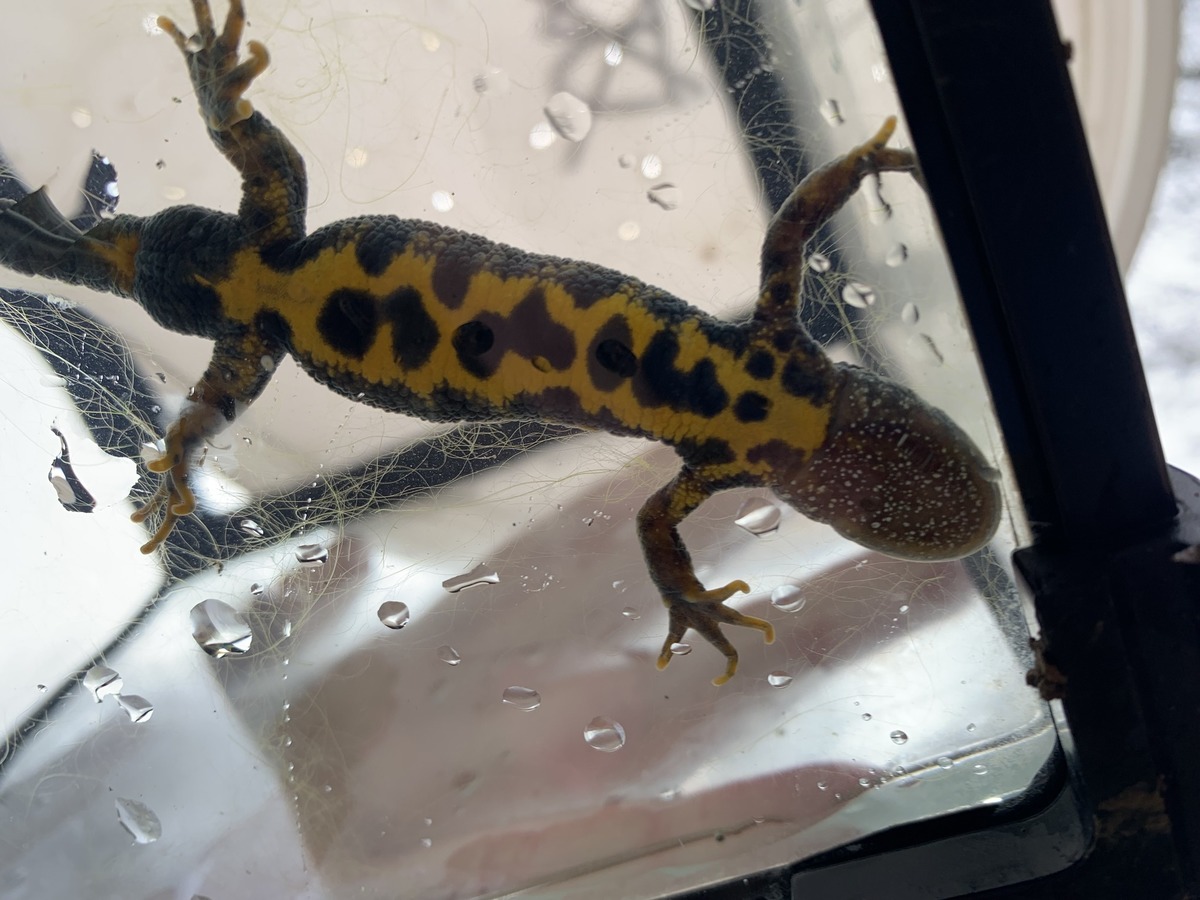
Italian crested newt (Triturus carnifex)
Their fieldwork has been carried out in five restored caves in the Škocjan Caves Park, Slovenia - in ten-day intervals. Besides, students on the field also check the presence, stage and sex of the presence of the other amphibian species, and also measure abiotic factors in the mud. During their work, they photographed the Italian crested newt (Triturus carnifex) bellies for later identification of individual specimens. On the warmer days, when they do appear, they start to monitor populations of the yellow-bellied toad (Bombina variegata).
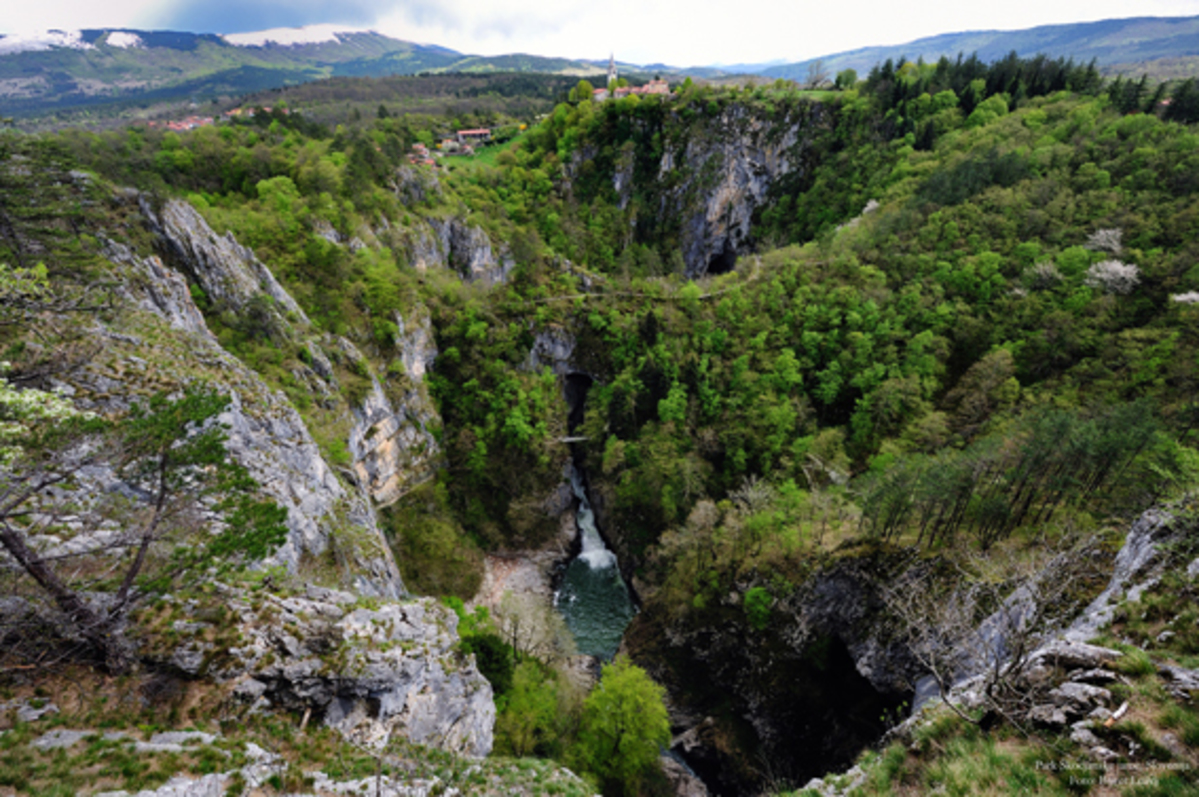 Source: Gov.si, Škocjan Caves Park, Slovenia
Source: Gov.si, Škocjan Caves Park, Slovenia
Students, under the mentorship of dr. Martina Lužnik and assist. Martin Senič from the Department of Biodiversity UP FAMNIT and the work mentor dr. Renata Rozman from the Škocjan Caves Park Public Institute, were on the field since March, where they have been monitoring the condition of the five renewable sprouts (restored between 2019 and 2021), on which they register different sampling techniques (chemical, physical, biotic) and also paying attention to the monitoring of the two target amphibian species.
Within the Cabinet work, participants arrange the data (usually large amounts of data), where they're directly introduced to the specific software for photo identification of naturally tagged amphibians.
Students who participated in the project are: Alex Lampič (Conservation Biology), Patricija Kopač (Conservation Biology), Patricija Kostanjšek (Conservation Biology), Tibor Frković (Nature Conservation), Luka Preložnik (Nature Conservation), Eva Opara (Mediterranean Agriculture).
South-West Slovenia is characterized by rich biodiversity - a mixture of diverse habitats, various species of plants, animals and other organisms. However, one of the most crucial distinctive protective areas is Region Park Škocjan Caves. In the past few years, various restoration of sprouts has been done, which are known as significant elements of the agricultural landscape. As a semi-natural wetlands provide life for many aquatic organisms, which are the most important reproductive organs in this area.

Student project: invasives on the site of a fire of the Cerje Park of peace
In the following project students of UP FAMNIT programme Conservation Biology, Nature Conservation and Mediterranean Agriculture and UP PEF (programme Visual Arts and Design) participate, under the mentorship of assoc. prof Živa Fišer, asisst. dr. Katarina Šoln, dr.Peter Glasnović and Dejan Putrle.
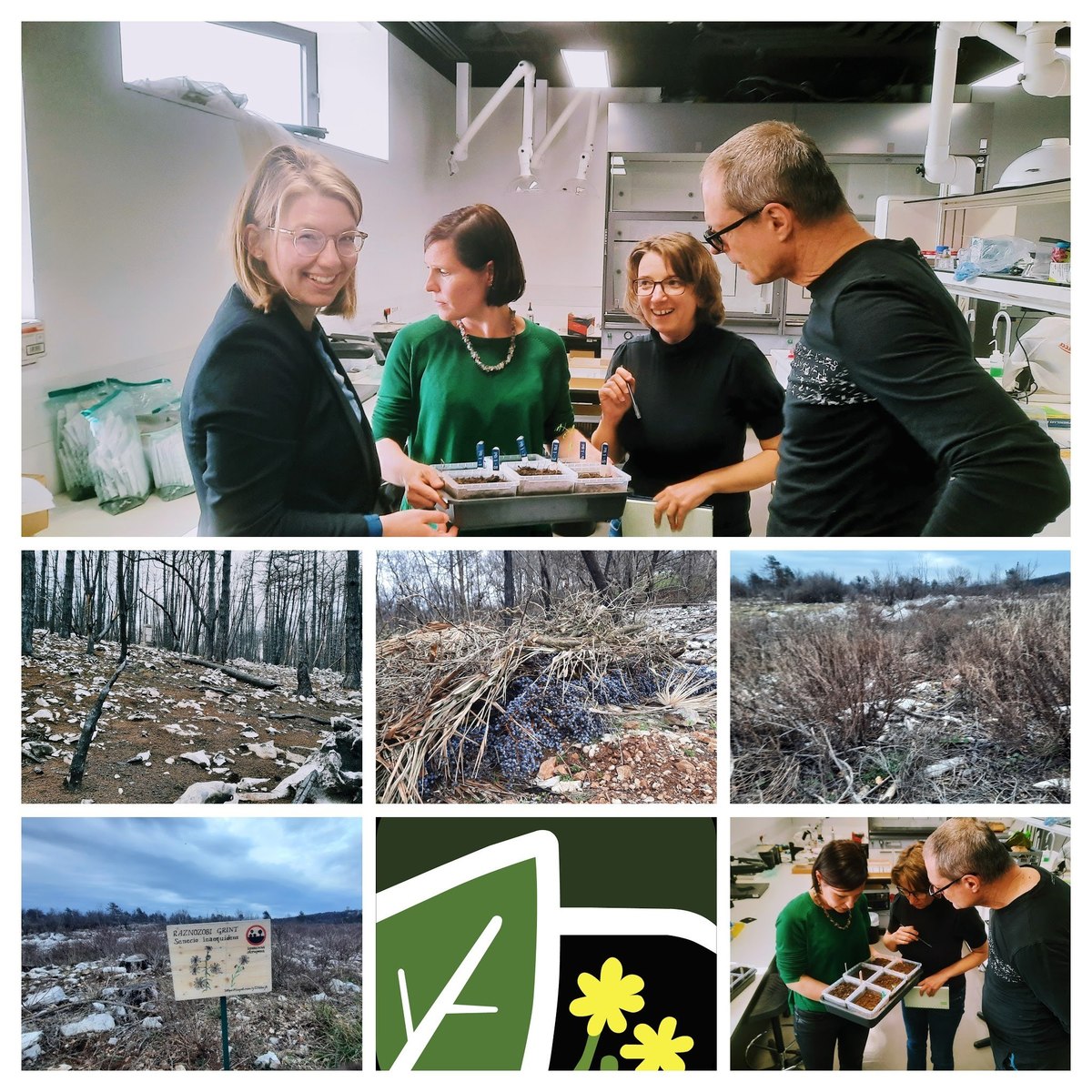
The project aims to map invasive plant species, verify the presence of a soil seed bank, study allelopathic effects on the invasive plants and inform the public about the problem. The students work both in the field and laboratory.
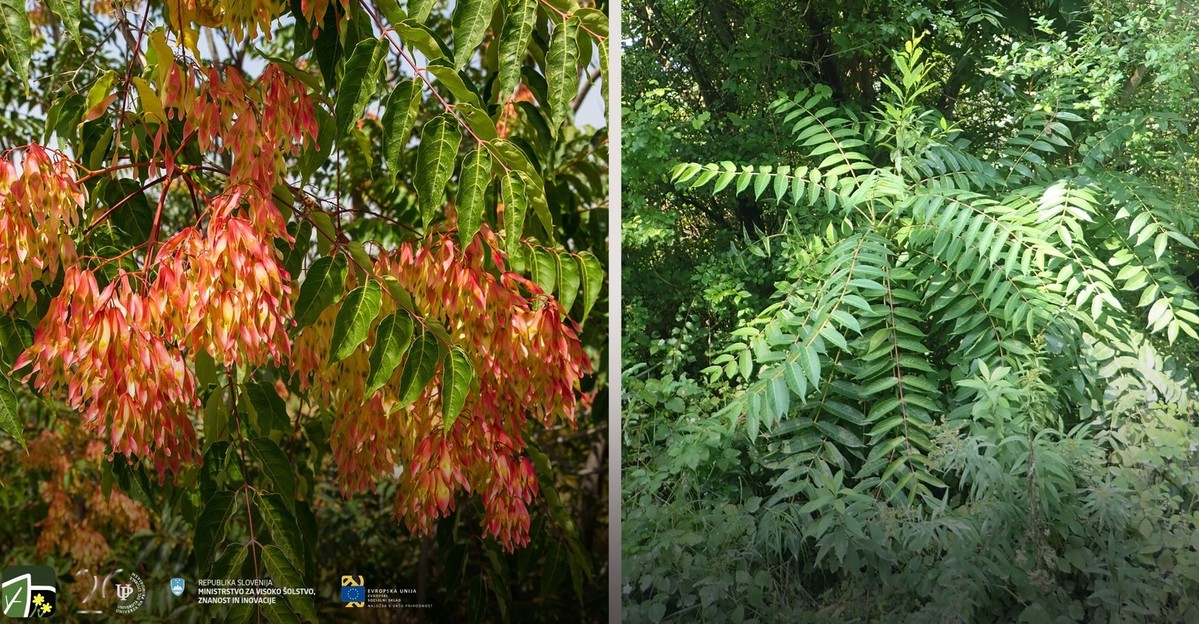
Student fieldwork
On Friday 5 May 2023, students went to the field where they collected green plant material, which will be later used for the following analysis. They collected black locust (Robinia pseudoacacia), tree of heaven (Ailanthus altissima) and narrow-leaved ragwort (Senecio ). Firstly, they photographed each plant, and after that, they took the collected plant material to the rehearsal room, where it was dried and extracted.
